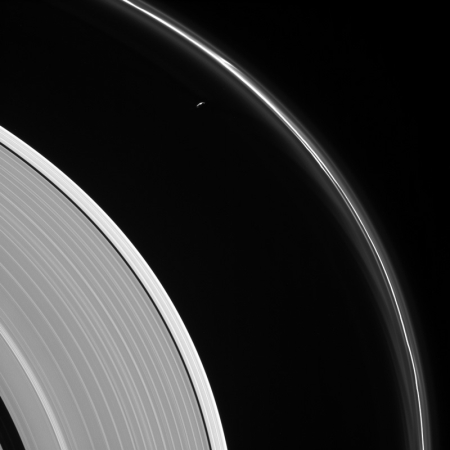Russia to spend $630 million to build Vostochny Angara launchpad
Despite years of construction and more than a billion dollars spent, Russia still needs to spend about $630 million more to build the Angara launchpad at its new Vostochny spaceport.
The specified sum does not include the development, manufacture and assembly of technological equipment at the launch compound, the materials say. According to the Roscosmos document, the construction completion and the commissioning of this infrastructure are scheduled for 2022.
Russian Deputy Defense Minister Timur Ivanov who visited the Vostochny spaceport in the Russian Far East in late May was informed that the construction of the launch pad for the Angara carrier rocket at this cosmodrome would cost 58 billion rubles ($968 million) and would be completed in 2023.
It appears that the Russia government is trying to reduce the overall cost and time needed to build this launchpad. I am willing to bet that this effort will fail, and the cost will raise and time to build will lengthen. And even if they meet these new targets, it is still going to take an awful lot of money and time to do it. Construction on Vostochny began in 2010. Angara’s construction began near the end of the 20th century. Overall, they are going to take decades to get this rocket off the ground. Meanwhile, SpaceX should have four launchpads in regular operation, all built for relatively little money in less than five years overall.
I don’t see anyway Russia is going to be able to compete in the global launch market, based on this information.
Despite years of construction and more than a billion dollars spent, Russia still needs to spend about $630 million more to build the Angara launchpad at its new Vostochny spaceport.
The specified sum does not include the development, manufacture and assembly of technological equipment at the launch compound, the materials say. According to the Roscosmos document, the construction completion and the commissioning of this infrastructure are scheduled for 2022.
Russian Deputy Defense Minister Timur Ivanov who visited the Vostochny spaceport in the Russian Far East in late May was informed that the construction of the launch pad for the Angara carrier rocket at this cosmodrome would cost 58 billion rubles ($968 million) and would be completed in 2023.
It appears that the Russia government is trying to reduce the overall cost and time needed to build this launchpad. I am willing to bet that this effort will fail, and the cost will raise and time to build will lengthen. And even if they meet these new targets, it is still going to take an awful lot of money and time to do it. Construction on Vostochny began in 2010. Angara’s construction began near the end of the 20th century. Overall, they are going to take decades to get this rocket off the ground. Meanwhile, SpaceX should have four launchpads in regular operation, all built for relatively little money in less than five years overall.
I don’t see anyway Russia is going to be able to compete in the global launch market, based on this information.




